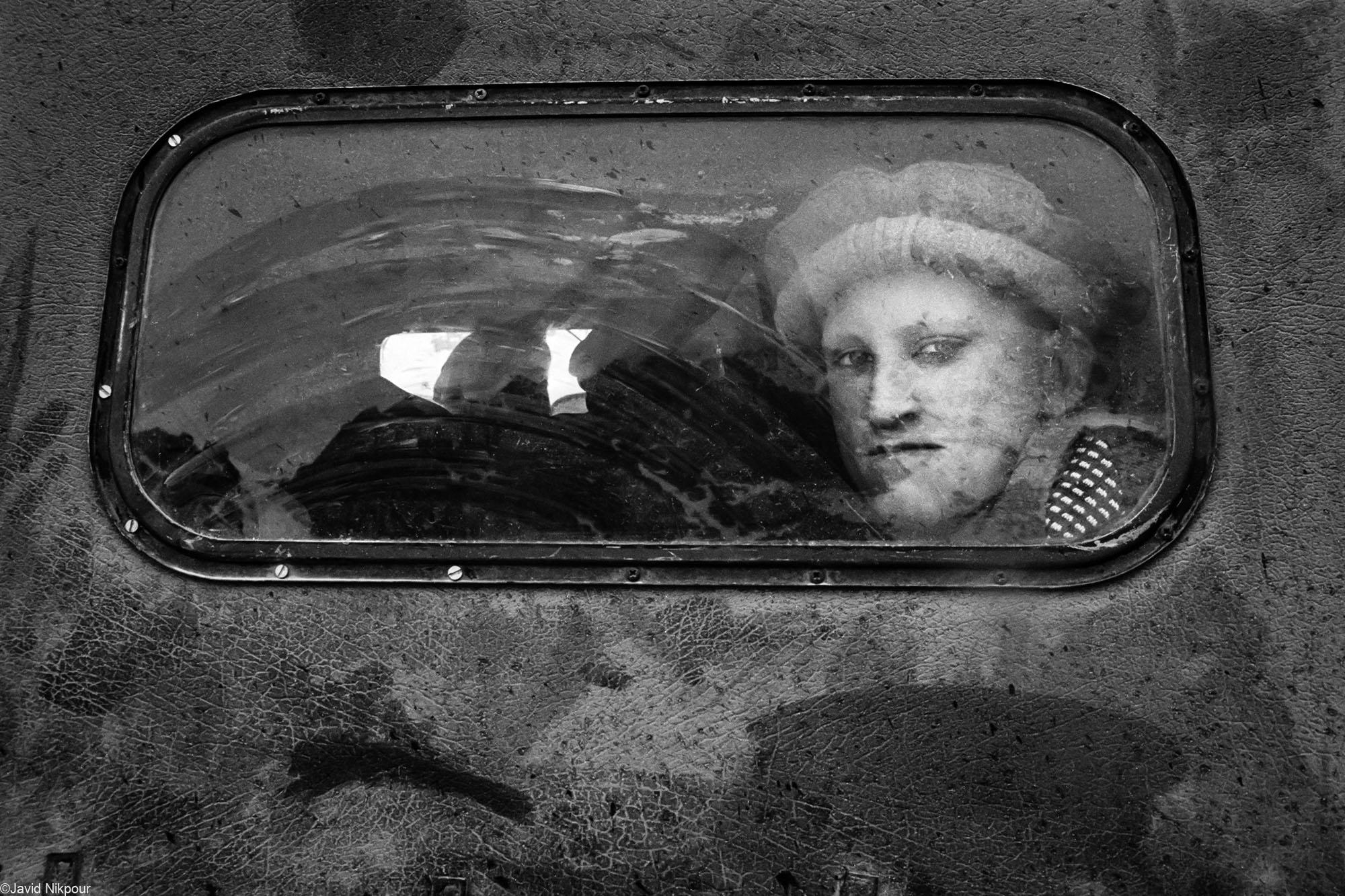In the spring of 2002, just a year after the tragic assassination of Ahmad Shah Massoud by Al-Qaeda, we embarked on a 2715 km overland expedition across Afghanistan. Despite the ongoing conflict between the US Army and the Taliban, generating daily news for prominent photographers, our focus was on capturing the everyday lives of Afghans—a perspective often overlooked in the news cycle. Along our journey, we encountered individuals enduring the impacts of multiple wars, facing threats from both foreign and domestic forces. Yet, amidst the adversities, these resilient people stood unwavering, their eyes reflecting a glimmer of hope and excitement sparked by the downfall of Al-Qaeda.
Nearly two decades later, as I revisit the images from that expedition, a profound sadness envelops me. However, it is juxtaposed with a recognition of the incredible resilience displayed by the Afghan people, a reminder that hope endures even in the face of hardship.
Fast forward to March 2022, after the Taliban regained control, I returned to Afghanistan. This journey sought to uncover traces of hope among the Afghan people in the aftermath of the Taliban’s takeover. Starting from Herat, through Kabul, and reaching Mazar-i-Sharif, the improvements in roads, urban development, and communication were evident. The impact of mass communication tools, particularly smartphones, on people’s lives was crystal clear. Yet, the grip of restrictive traditions and religious beliefs, strengthened by the Taliban’s resurgence, played a significant role in shaping daily life.
I witnessed the Nowruz ceremony in Mazar-i-Sharif inspiring Afghans, and fostering happiness among the people. However, this time, the Taliban banned the annual Jahenda Bala ceremony, the largest recorded Nowruz gathering celebrating the banner-raising tradition. Throughout my journey, conversations with people of all ages revealed optimism for positive changes despite widespread poverty. As my second journey in Afghanistan concludes, I aspire to return to this beautiful land, capturing the lives of those born, lived, and passed away during the war. These individuals embody resilience and hope, leaving behind a legacy for the next generation.

